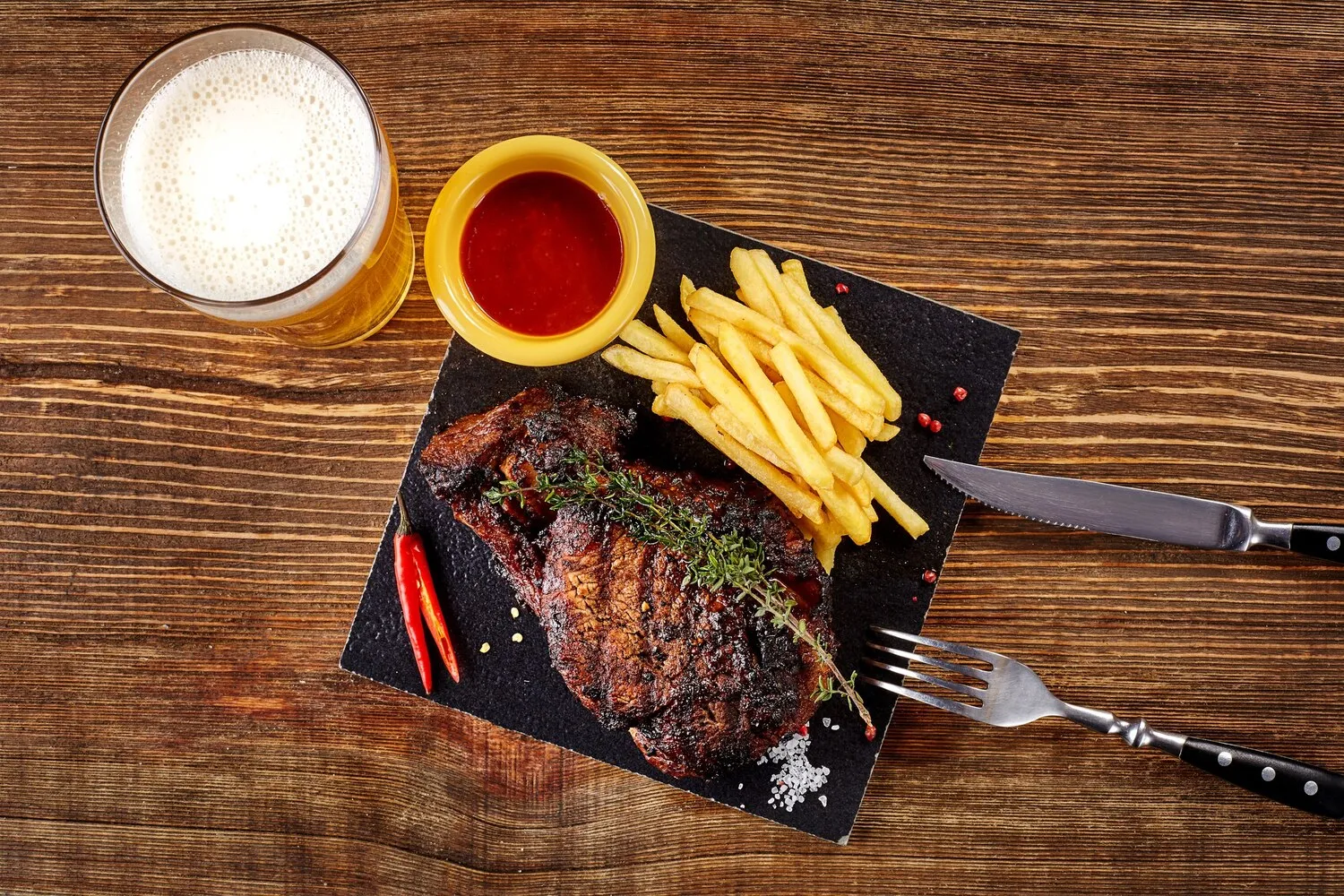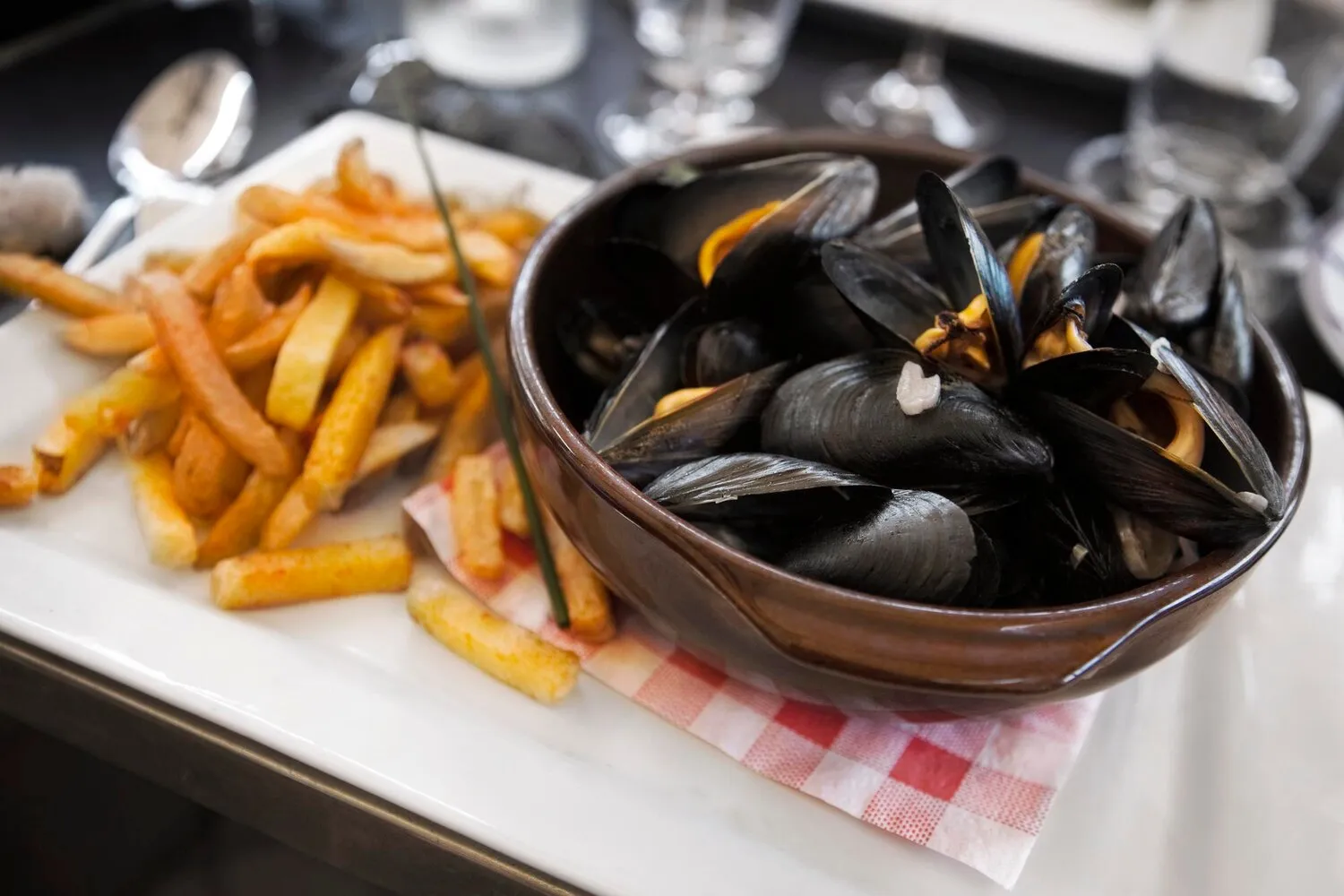
Duck Confit
Duck leg preserved and cooked in its own fat, resulting in a rich and flavorful dish.
Nutrition Facts
* The % Daily Value (DV) tells you how much a nutrient in a serving of food contributes to a daily diet. 2,000 calories a day is used for general nutrition advice.
Duck confit originated in Gascony, in southwestern France. Before refrigeration, confit was a method of preserving meat, particularly duck, for long periods. The process, involving salting and cooking in fat, effectively inhibits bacterial growth, ensuring the meat's longevity.
Duck confit is more than just a dish; it's a symbol of French culinary heritage, particularly associated with Gascony. It represents resourcefulness, tradition, and a deep connection to the land.
Preservation Tradition
Confit represents a crucial part of traditional food preservation techniques, showcasing how communities historically preserved meat before modern refrigeration. It highlights the ingenuity and practical knowledge of past generations.
Regional Identity
Duck confit is strongly associated with Gascony, serving as a culinary emblem of the region. It contributes to the area's distinct cultural identity and attracts culinary tourism.
Festive Occasions
Duck confit often features in festive meals and celebrations, particularly during the colder months. It is a dish enjoyed by families and friends, fostering a sense of togetherness and shared culinary experience.
Duck confit boasts a rich, savory flavor profile with a melt-in-your-mouth texture. The salt-curing process intensifies the duck's natural taste, while cooking in its own fat imparts a deeply satisfying unctuousness.
The primary flavor is intensely ducky, deeply savory, and slightly salty. The texture is what sets it apart: the skin becomes incredibly crispy, while the meat underneath is supremely tender and succulent. The fat renders during cooking, resulting in a rich, almost buttery flavor that permeates the entire dish. Additional flavors often come from herbs like thyme, garlic, and bay leaf, which are typically used during the curing and cooking process.
Proper Curing
Curing the duck legs properly is crucial for flavor and preservation. Use coarse sea salt and ensure the legs are fully covered. The curing time should be adequate, typically 24-48 hours, to draw out moisture and allow the salt to penetrate.
Low and Slow Cooking
Cook the duck confit at a low temperature (around 275-300°F or 135-150°C) for an extended period. This ensures the meat becomes incredibly tender and the fat renders properly. Avoid high heat, which can result in tough meat.
Submerge in Fat
Ensure the duck legs are completely submerged in duck fat during the cooking process. This is essential for even cooking and achieving the desired texture. If you don't have enough duck fat, you can supplement with other animal fats like goose fat or pork lard.
Crispy Skin
To achieve crispy skin, remove the confit from the fat and pan-fry or broil the skin side up just before serving. This step requires careful attention to avoid burning the skin.
Explore additional Classic Brasserie dishes and restaurants
Explore Classic BrasserieDiscover top dining spots and culinary experiences in Halifax.
Explore HalifaxLearn more about the food culture, restaurant scene, and culinary heritage of Canada.
Explore Canada
